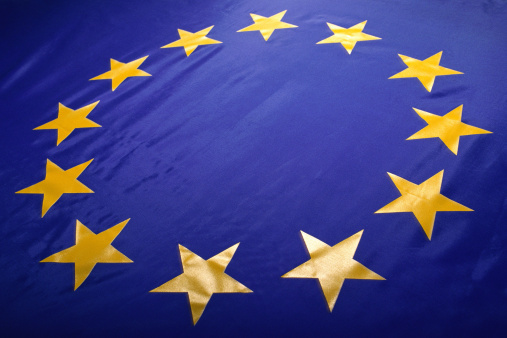Economy
Eurozone GDP and Inflation Show Why Quantitative Easing Is Becoming More Certain
Published:
Last Updated:
Eurostat has released the flash estimate for third-quarter gross domestic product (GDP) for the eurozone. The report has a mixed bias to it. The good news is that it was a positive reading and slightly above expectations. The bad news is that it shows exactly why the international markets are still expecting a major quantitative easing plan from the European Central Bank (ECB). Things are just not good in Europe. Source: Thinkstock
Source: Thinkstock
Seasonally adjusted GDP rose by only 0.2% in the euro area. That GDP reading was up by only 0.3% if you expand it to the larger 28 regions with the periphery during the third quarter of 2014. In the second quarter of 2014, GDP grew by only 0.1% in the euro area and by 0.2% in the EU28 zone. Seasonally adjusted GDP rose by 0.8% in the euro area compared with the same quarter of the previous year, and that was a gain of 1.3% in the broader EU28 in the third quarter of 2014. Those annualized readings were up 0.8% sequentially and 1.3% annually in the second quarter.
The problem with such low GDP growth is that it will not help nations outgrow their debt woes, and it is very hard to make the case for any real job growth with GDP so close to the flatline. The ECB’s most recent stimulus and negative rates have also so far not yielded any major new lending and investment. Now it may require serious bond buying on behalf of European governments to spur growth — back to more quantitative easing.
ALSO READ: 12 Countries That Hate Their Governments Most
Germany, the driving force of Europe’s economy with close to 30% of the total pie, saw GDP rise 0.3% annually and 0.1% sequentially. France saw a 1.1% annualized gain in third-quarter GDP, but this was on activity from business rather than from consumption. Both France and Germany were in the red in the second quarter.
Eurostat also released low inflation data for the month of October. Euro area annual inflation was up by 0.4% in October 2014, up from a gain of 0.3% in September. A year ago, the rate was 0.7%. European Union annual inflation was 0.5% in October, versus a gain of 0.4% in September. This annual inflation rate was up 0.9% a year ago.
Compared with September 2014, annual inflation fell in eight of the EU member states, was stable in three members and up in 16. The largest upward impacts to euro area annual inflation were seen in restaurants and cafes at +0.08%, rents at +0.07% and tobacco at +0.05%. In October, negative annual rates were observed as follows:
What Eurostat just demonstrated is that quantitative easing is becoming ever more a realistic expectation each day. The question is whether the bank will dare to follow a Japanese style of quantitative easing or it will just copy the playbook of Ben Bernanke and the U.S. Federal Reserve.
ALSO READ: The 10 Most Livable Countries
Ever wanted an extra set of eyes on an investment you’re considering? Now you can speak with up to 3 financial experts in your area for FREE. By simply
clicking here you can begin to match with financial professionals who can help guide you through the financial decisions you’re making. And the best part? The first conversation with them is free.
Click here to match with up to 3 financial pros who would be excited to help you make financial decisions.
Thank you for reading! Have some feedback for us?
Contact the 24/7 Wall St. editorial team.